Have you ever wondered who or what is lurking behind a faded photograph?
The photography section at National Museums Scotland is currently digitising our museums collection of pioneering calotypes from the two albums that belonged to Dr John Adamson, elder brother of Robert Adamson, of the famous early photographic partnership of David Octavius Hill and Robert Adamson. These calotypes consist of a paper negative original (no longer present) which is then contact printed onto a fibre based paper to produce a positive image.
During the photography process I became aware that many original images had faded to either a blank sheet or a very faint outline. Although it is important to photograph the images as they now appear, the need to know what was originally photographed is compelling.
Discovery process
Because the chemical dyes in these faded originals are so washed out and the fibre paper is quite irregular, a process of shining light through the paper to enhance the images was not a suitable solution.
During experimentation I discovered that using a combination of Photoshop and Lightroom techniques, image enhancements were possible. I have discovered that this digital conservation process can be repeated for all relevant pictures in this collection. And so the discovery begins.
The results so far
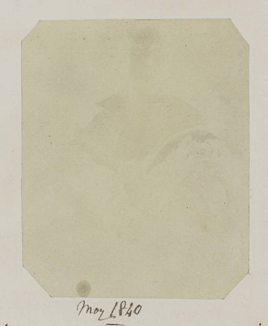
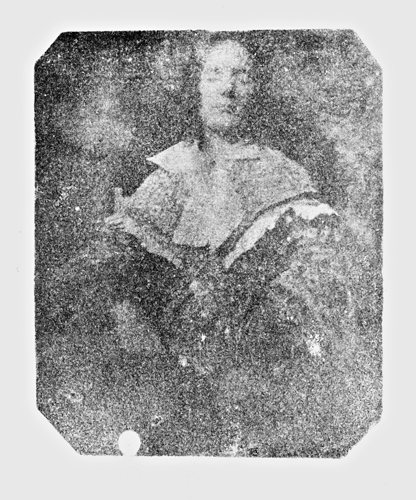
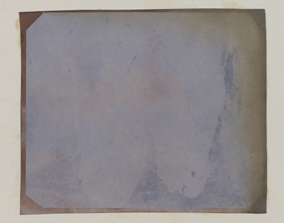
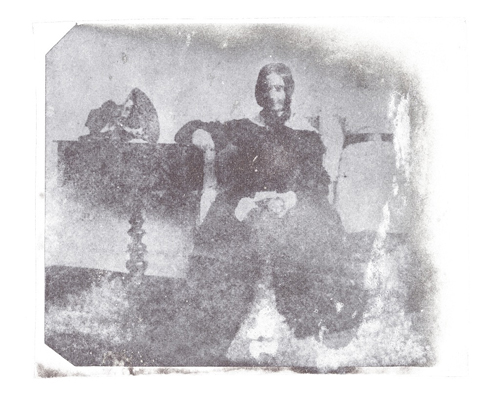
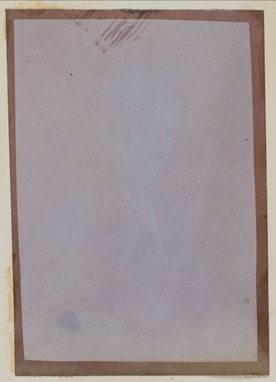
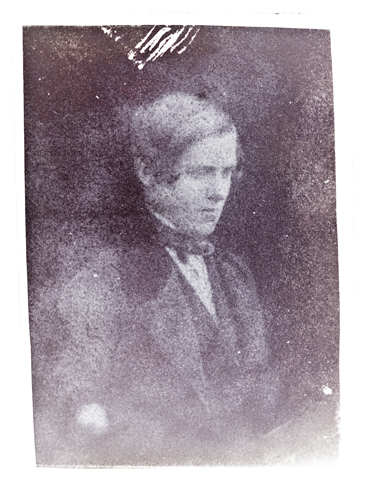
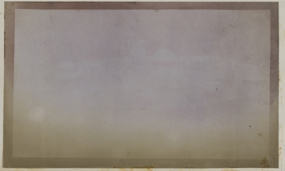
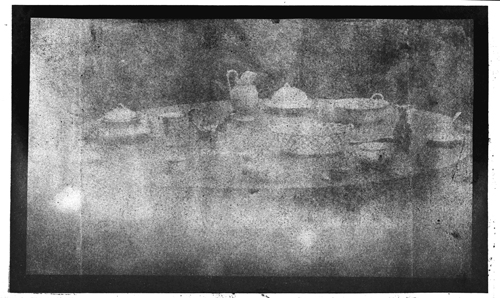
As you can see, the original tone is not always preserved. This is because, as part of the enhancement process, I am selecting localized colour tone and density and gaining detail and contrast. During this procedure tones will be sacrificed for definition gains. Also at this stage the image’s visual enhancement process is superseding the retention of colour. Further developments will include the retention of the original’s appearance.
Uncovering the unknown
So far in this development, people and objects have been discovered: the likelihood that the subject matter in these photographs has not been visible for over 100 years. We don’t yet know who these individuals are or where the objects were photographed. However, in addition to our collection, many other collections of photographs exist from the dawn of photography during the 1840s, the Hill and Adamson era, and the answers to these questions may lie there.
You can see more of Hill and Adamson’s photo in our forthcoming exhibition Photography: A Victorian Sensation, which opens at National Museum of Scotland on Friday 19 June.
